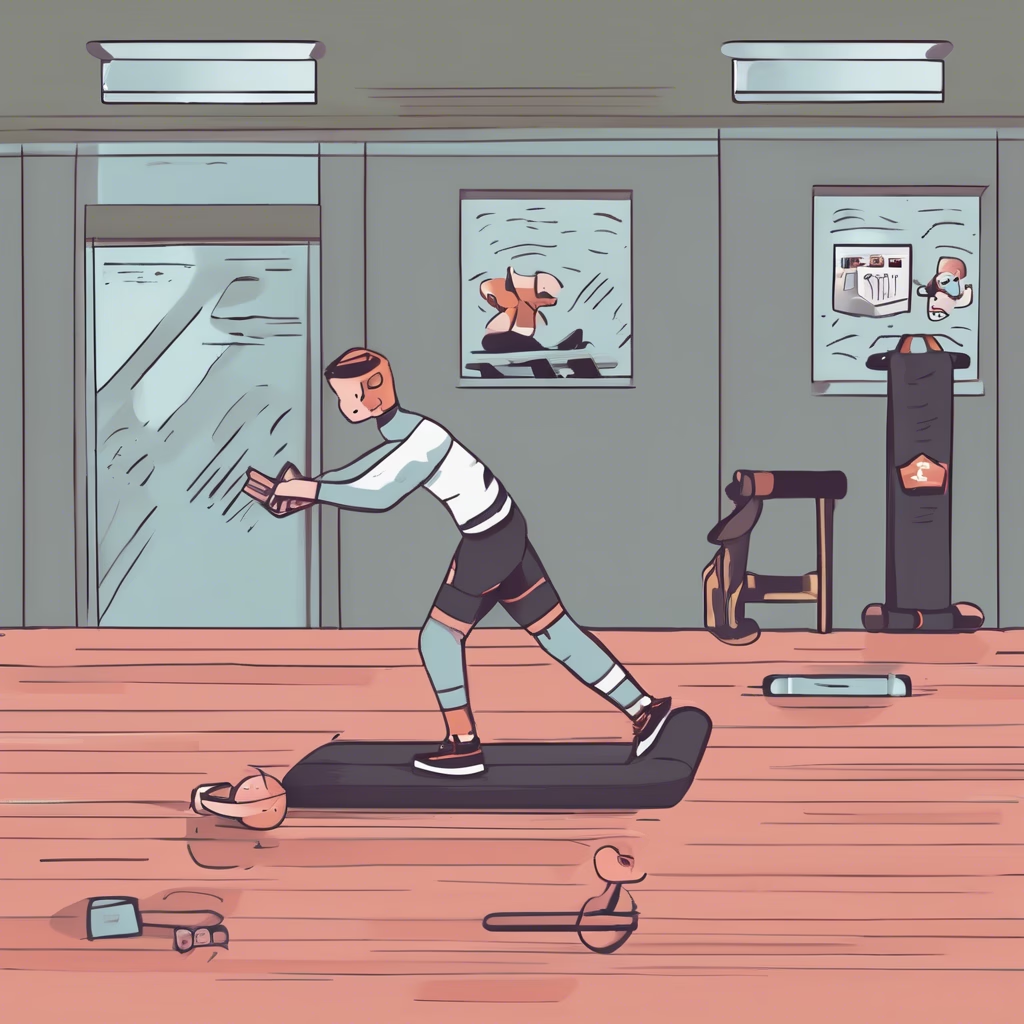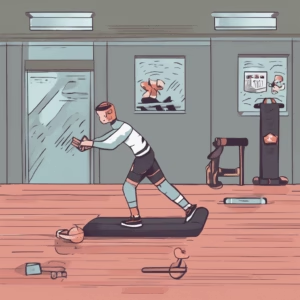We’ve all seen it – someone attempting an advanced exercise they’re not ready for, risking injury and frustration. The path to mastering challenging movements isn’t about rushing to the finish line; it’s about taking the time to develop a solid foundation. It’s about building a solid foundation and progressing methodically.
Innovative progression isn’t just safer; it’s also more effective for achieving long-term results. Skipping developmental stages might look impressive temporarily, but often leads to plateaus, compensation patterns, and injuries.
Foundational Requirements
Before advancing to any exercise, ensure you have mastered the basic movement pattern. This means performing the foundational version with perfect form for multiple sets and reps without compensation.
Core stability serves as the backbone for all advanced movements. Your core should automatically engage to stabilize your spine before you even think about it. If you’re consciously bracing during basic movements, you’re not ready to progress.
Mobility limitations can sabotage even the strongest athletes. Test your range of motion in relevant joints before attempting advanced variations. Shoulder mobility must precede handstand push-ups, and hip mobility is essential before attempting advanced squat variations.
Progressive Overload Methods
Volume increases offer the safest first step in progression. Before changing the exercise itself, try adding sets or reps to the current version. This builds endurance and reinforces proper movement patterns.
Load progression should follow a conservative model. The 5-10% rule works well – increase weight by no more than 5-10% when advancing. This allows your connective tissue to adapt in tandem with muscle strength.
Tempo manipulation creates new challenges without changing the exercise itself. Slowing down the eccentric (lowering) phase or adding pauses at difficult positions increases difficulty while reinforcing control.
Exercise-Specific Progressions
Push-up progressions illustrate perfect exercise advancement. Start with incline push-ups, progress to standard push-ups, then advance to deficit push-ups before attempting explosive or unilateral variations.
The pull-up pathway begins with inverted rows, advances to negative pull-ups, then band-assisted variations before attempting full-bodyweight pull-ups. This sequence develops the necessary back strength while protecting vulnerable shoulder joints.
Squat development follows a logical sequence, progressing from box squats to bodyweight squats, goblet variations, front-loaded positions, and ultimately, back squats. Each stage develops stability and coordination before adding complexity.
Monitoring and Adjusting
Video analysis provides invaluable feedback on your form. Record key sets from multiple angles to spot compensations invisible from your perspective. What feels right often looks different on camera.
Recognize regression signals, such as increased joint pain, decreased range of motion, or difficulty maintaining form. These warning signs indicate you’ve progressed too quickly and should return to an earlier variation.
Deload weeks become increasingly crucial as you advance. Schedule regular periods of reduced intensity to allow connective tissues to strengthen and the nervous system to recover.
Master Your Progression
At Platinum Fitness, our trainers specialize in designing safe, effective progression plans for exercises at every level. We will assess your current movement patterns, identify the appropriate next steps, and guide you through a personalized progression sequence.
Through Harrisburg personal training, you’ll learn exactly when and how to advance exercises for optimal results without unnecessary risk. Contact us today to develop a progression strategy that builds lasting strength and mastery.



